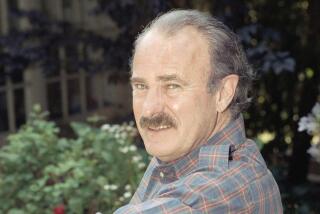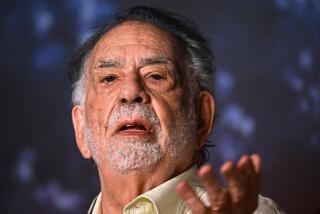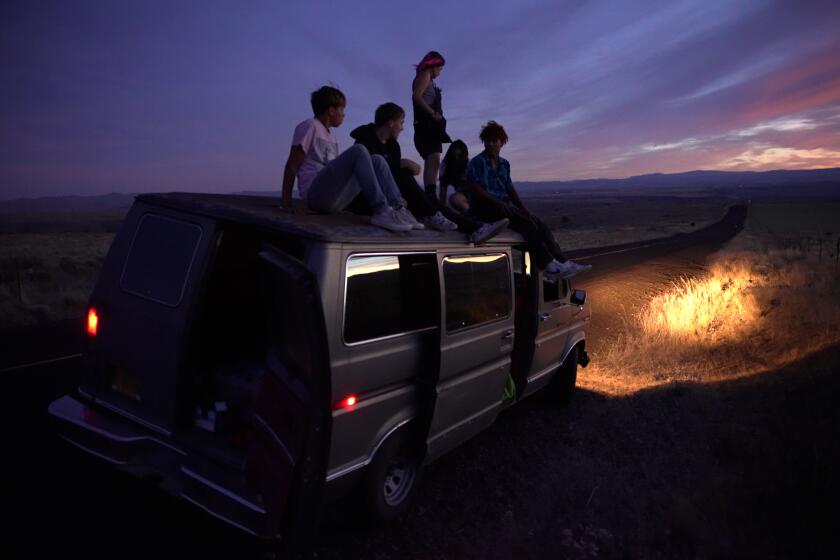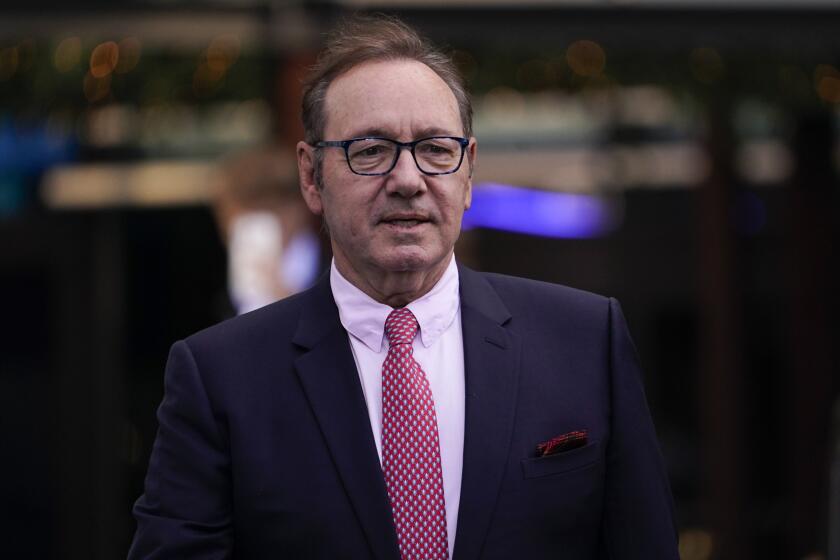TV Reviews : Filling Power Vacuum in Eastern Europe
The whiff of sanctimonious religion that first comes off of filmmaker DeWitt Sage’s “Faith Under Fire” (at 6 p.m. Sunday on KCET Channel 28) eventually gets blown away by a realistic portrait of the courage and strains that have run through the triumphant anti-communist resistance in Poland and Czechoslovakia.
What begins as a report on the church vs. the communist state becomes a broader look at secular and religious forces. Above all, Sage fights the temptation of the outsider, looking in on popular democratic revolution, to depict events in black and white. As a playwright once suggested to this reviewer, it’s the shades of gray where the drama is.
Certainly, Czech playwright and current president Vaclav Havel understands this, and the film’s liberal amounts of interview and documentary footage on his prison release, his leadership during the 1989 “Velvet Revolution,” and his subsequent presidential inauguration comprise one of the fullest looks at Havel’s story yet on television.
Unlike some of the more blustery clergy here, Havel dismisses his own heroism: “I was afraid of my own conscience.”
Alois Kansky, on the other hand, was sympathetic to his Czech countrymen’s cause, but couldn’t follow fellow Catholic priest Vaclav Maly’s public resistance because he was “afraid of pain.” Sage dwells on Kansky’s consternated face, and lets us ponder what makes one person stand up and fight, and another go along with things.
This conflict appears to be more severe in Czechoslovakia than in Poland, more unified by a dominant Catholic Church (the film catches a new irony--warnings that Polish Catholicism is filling the power vacuum left by old communism). Nothing like the Czech clash between Protestant pastors Alfred Kocab--a fervent democrat--and Pavel Smetana--an alleged collaborator with the communist regime--exists in the Poland shown in the film.
The old is not yet quite dead, and the new is not yet quite born in Eastern Europe, and Sage’s more poetic images capture this even better than his filmed duel of talking heads.
More to Read
Only good movies
Get the Indie Focus newsletter, Mark Olsen's weekly guide to the world of cinema.
You may occasionally receive promotional content from the Los Angeles Times.






